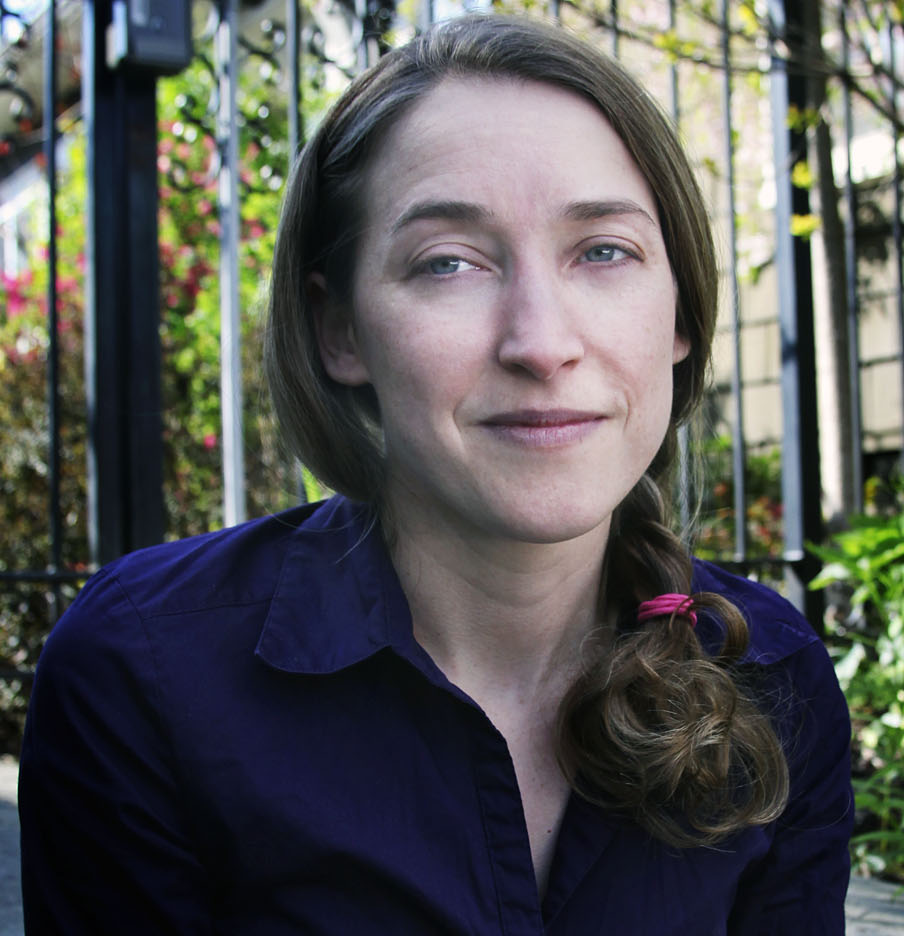Pesticides > Pesticides and Child Health: Exposure Recognition and Prevention
This course qualifies for CME, CNE, CEU, and CECH provided by the Centers for Disease Control.
This is a two-part course developed by the Pediatric Environmental Health Specialty Unit Program. The course will focus on the impact of acute and chronic pesticide exposures on human health at vulnerable stages of in utero and pediatric development, with consideration of risk reduction.
Part I: Acute Exposures and Recognition
Part II: Chronic Exposures and Prevention
Learning Objectives
- Implement strategies that aid in overcoming diagnostic challenges associated with both acute and chronic pesticide exposures.
- Describe the signs and symptoms of acute organophosphate, carbamate, and pyrethroid poisoning in children given a set of pediatric case facts.
- Discuss the pediatric morbidities associated with early life pesticide exposure based on current toxicological and epidemiological data.
- Identify the appropriate anticipatory guidance that enables patients to limit childhood pesticide exposures given relevant case information
Developed By

Catherine Karr, MD, PhD, MS
University of Washington, Seattle
PEHSU Region 10
Dr. Catherine Karr is a board-certified pediatrician with specialty training in environmental medicine. She received her M.D., M.S. in Toxicology/Environmental Health, and Ph.D. in Epidemiology at the University of Washington. She practices primary care general pediatrics and specialty environmental medicine consultation at UW Physicians Pediatric Care Center – Roosevelt in Seattle. She is also Co-Director of Northwest PEHSU (Region 10).

Margaret Willis, MPH, BSN
University of Washington Medical Center, Seattle
Margaret Willis received her MPH in Environmental and Occupational Health from the University of Washington, with a a special focus on pediatric environmental health issues. In addition to working as a clinical nurse in acute and community care settings for over a decade, she has worked as an educational assistant for the Northwest PEHSU, and completed a fellowship on policy issues in reproductive health from the University of California, San Francisco.
Acknowledgement: The U.S. Environmental Protection Agency (EPA) supports the PEHSU by providing partial funding to ATSDR under Inter-Agency Agreement number DW-75-95877701. Neither EPA nor ATSDR endorse the purchase of any commercial products or services mentioned in PEHSU publications.







